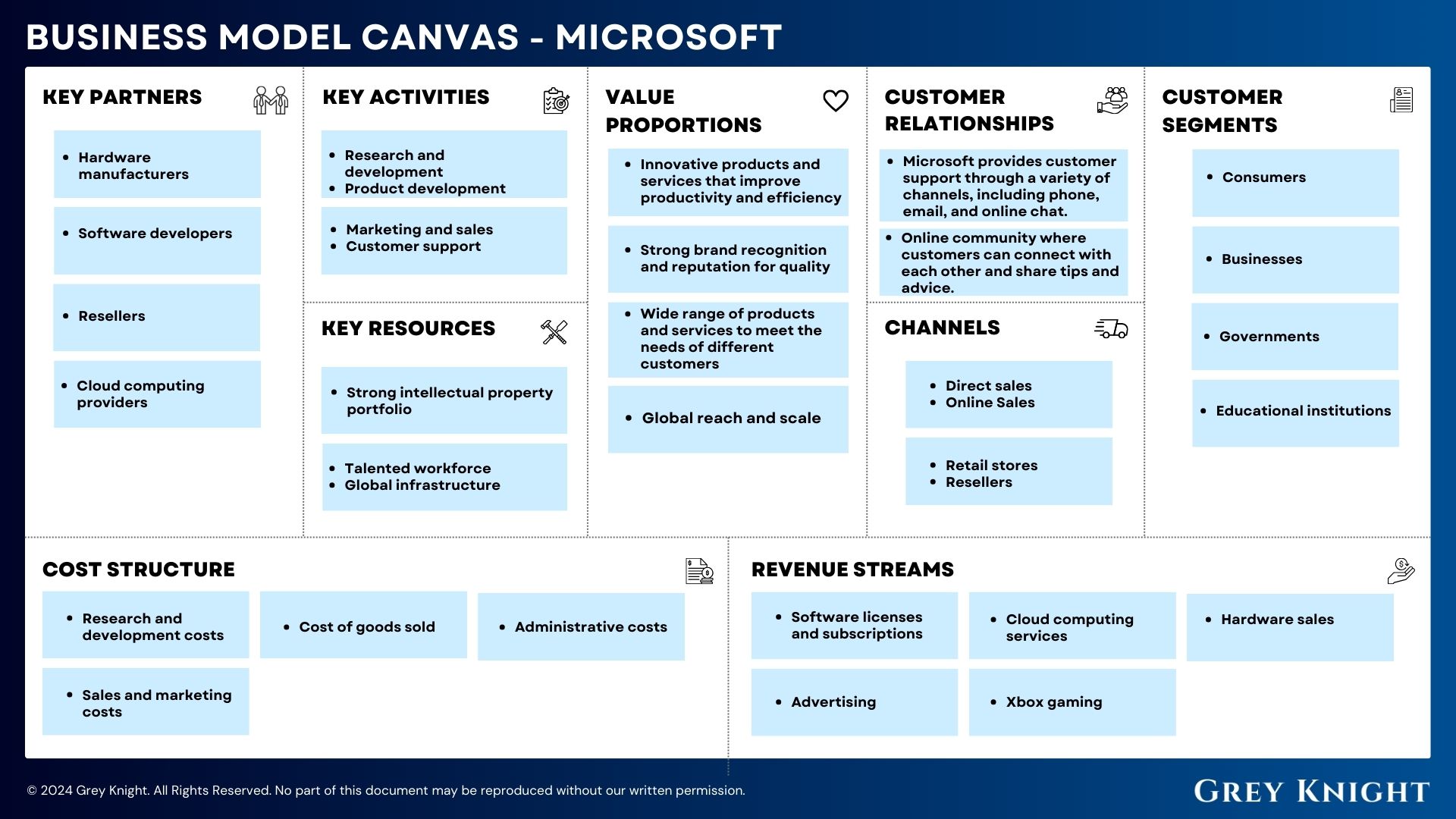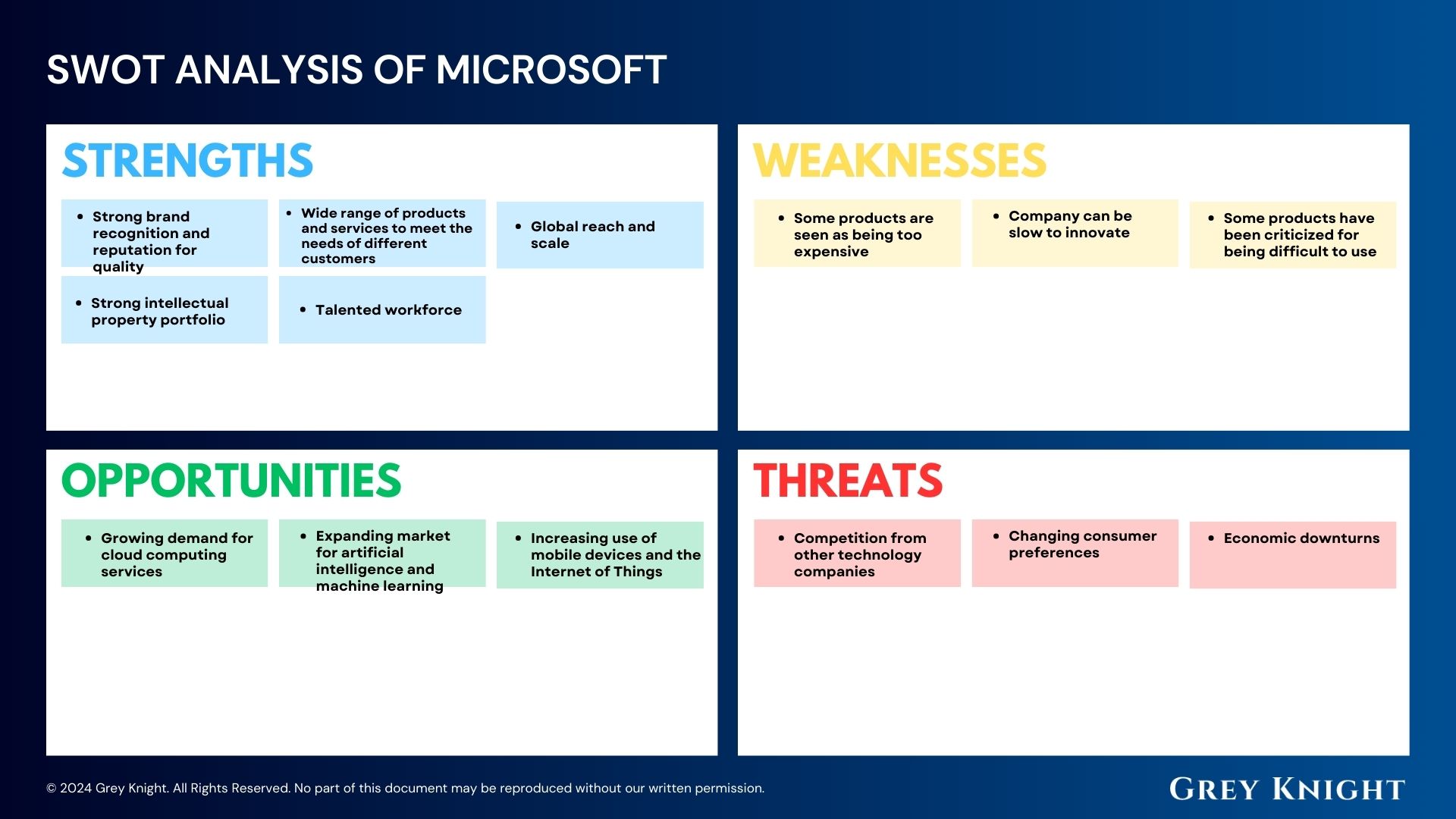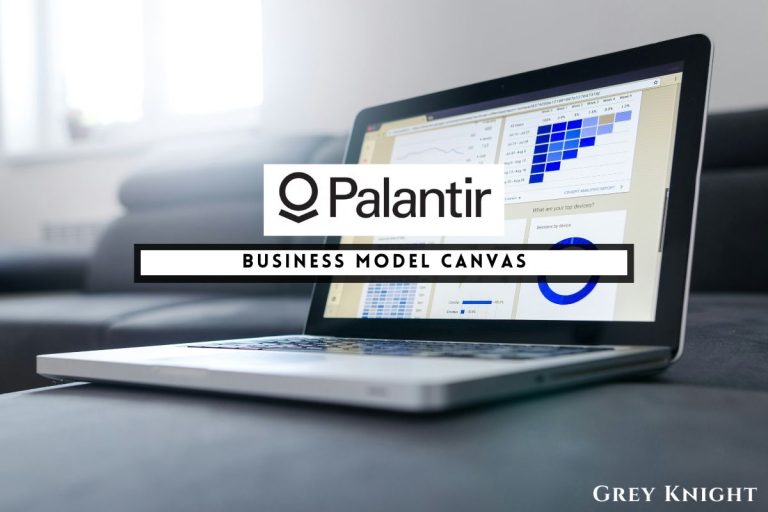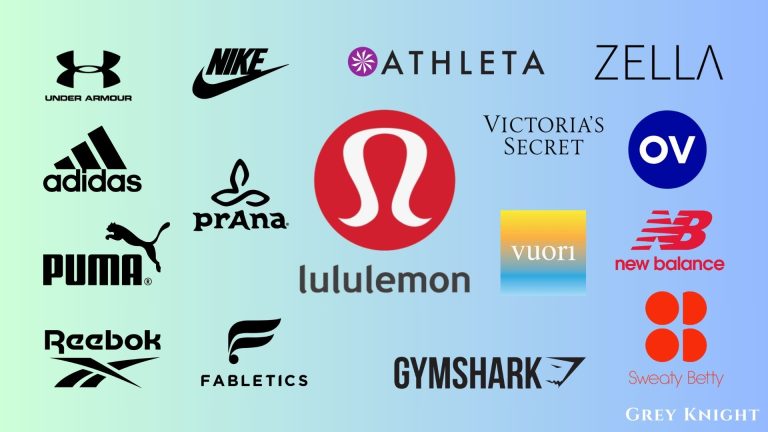Table of Contents
ToggleA Brief History of MercadoLibre
MercadoLibre, Inc. is an Argentine e-commerce and online auction company that was founded in 1999 by Marcos Galperin. It started as a simple online marketplace, similar to eBay, and quickly became one of the most popular e-commerce platforms in Latin America.
In 2001, MercadoLibre received a significant investment from eBay, which helped the company expand and improve its services. Over the years, MercadoLibre branched out into other areas, including online payments (MercadoPago), classified advertisements (MercadoClics), and e-commerce solutions for businesses.
The company went public on the Nasdaq in 2007 and has since experienced rapid growth, becoming the largest online marketplace in Latin America. It has also expanded into other countries in the region, such as Brazil, Mexico, and Colombia.
Today, MercadoLibre is not only a leading e-commerce platform but also a major player in the fintech industry, with MercadoPago becoming one of the most popular online payment solutions in Latin America. The company continues to innovate and expand its services, solidifying its position as a key player in the region’s digital economy.
Who Owns MercadoLibre?
MercadoLibre, Inc. is a publicly-traded company, so it is owned by its shareholders. The largest shareholders of MercadoLibre, Inc. include institutional investors and individuals who own significant portions of the company’s stock. As of the latest available information, the top 10 shareholders of MercadoLibre, Inc. are as follows:
1. Co-founder and CEO, Marcos Galperin
2. BlackRock, Inc.
3. Vanguard Group, Inc.
4. Capital International Investors
5. Baillie Gifford & Co.
6. Fidelity Management & Research Company
7. Morgan Stanley
8. JP Morgan Chase & Co.
9. T. Rowe Price Associates, Inc.
10. Sustainable Growth Advisors, LP
Please note that this list may be subject to change as the ownership of public companies fluctuates over time.
MercadoLibre Mission Statement

MercadoLibre, Inc.’s mission is to be the leading e-commerce platform in Latin America, providing a reliable and efficient marketplace for individuals and businesses to buy, sell, and engage in e-commerce activities. The company is committed to offering a seamless and secure experience for buyers and sellers, while also driving economic development and empowerment across the region. MercadoLibre’s mission is rooted in the belief that e-commerce can be a powerful force for positive change and innovation in Latin America.
How MercadoLibre Makes Money?
MercadoLibre, Inc. is an e-commerce platform based in Latin America that operates as a marketplace for buying and selling products and services. The company makes money primarily through transaction fees on sales made through its platform, as well as through advertising and subscription fees from sellers who use its services. In addition, MercadoLibre generates revenue from its payment processing service, Mercado Pago, which charges fees for processing transactions. The company’s diverse revenue streams make it a leading e-commerce player in the region.
MercadoLibre Business Model
The Business Model Canvas is a strategic management tool that provides a visual representation of a company’s business model. It consists of nine key components that help businesses to understand and develop their value proposition, market, and operations. The use of the Business Model Canvas enables companies to have a clear and concise overview of their business model and identify areas for improvement and growth.
Customer Segments:
1. Individual customers: MercadoLibre serves individual customers who use the platform to buy and sell goods.
2. Small and medium-sized businesses: The company also caters to small and medium-sized businesses that use MercadoLibre as a marketplace to reach customers.
3. Enterprise clients: MercadoLibre provides services to larger companies looking to expand their e-commerce presence in Latin America.
Value Propositions:
1. E-commerce platform: MercadoLibre offers a comprehensive e-commerce platform that allows customers to buy and sell a wide range of goods and services.
2. Payments solutions: The company provides secure payment solutions for both buyers and sellers through MercadoPago.
3. Logistics and shipping: MercadoLibre offers logistics and shipping services to facilitate the delivery of goods to customers.
Channels:
1. Website and mobile app: MercadoLibre operates an e-commerce platform accessible through its website and mobile app.
2. Partnerships: The company leverages partnerships with other businesses to expand its reach and customer base.
3. Marketing and advertising: MercadoLibre utilizes digital marketing and advertising to attract and retain customers on its platform.
Customer Relationships:
1. Self-service: Customers can use the MercadoLibre platform independently, without the need for direct interaction with the company.
2. Customer support: MercadoLibre offers customer support services to assist users with any issues or inquiries they may have.
3. Community engagement: The company fosters a sense of community among its users through forums and social media channels.
Revenue Streams:
1. Transaction fees: MercadoLibre generates revenue through transaction fees charged to sellers for successful sales on its platform.
2. Advertising revenue: The company earns revenue from advertising placements on its platform.
3. Subscription services: MercadoLibre offers premium services for sellers for a fee.
Key Resources:
1. E-commerce platform: MercadoLibre’s online marketplace is a key resource that fuels its business model.
2. Payment infrastructure: The company’s secure payment infrastructure is essential to its operations.
3. Logistics network: MercadoLibre’s logistics network ensures the efficient delivery of goods to customers.
Key Activities:
1. Platform management: MercadoLibre continuously updates and maintains its e-commerce platform to ensure a seamless user experience.
2. Payment processing: The company manages and processes payments through MercadoPago, ensuring secure transactions.
3. Logistics operations: MercadoLibre oversees the logistics and shipping of products sold on its platform.
Key Partners:
1. Sellers: MercadoLibre partners with individual sellers and businesses to offer a wide range of products on its platform.
2. Payment processors: The company partners with payment processors to ensure secure and seamless transactions.
3. Shipping providers: MercadoLibre collaborates with shipping providers to facilitate the delivery of goods to customers.
Cost Structure:
1. Technology and infrastructure: MercadoLibre incurs costs for maintaining and developing its e-commerce platform and technology infrastructure.
2. Operations and logistics: The company has expenses related to managing its logistics and shipping operations.
3. Marketing and advertising: MercadoLibre invests in marketing and advertising to attract and retain customers on its platform.
MercadoLibre’s Competitors
MercadoLibre, Inc. is the largest e-commerce platform in Latin America, offering a wide range of products and services. Despite its dominant position in the region, MercadoLibre faces competition from other e-commerce and technology companies. Some of its top competitors include:
1. Amazon – One of the largest e-commerce companies in the world, Amazon competes with MercadoLibre in various Latin American markets.
2. Alibaba – As a global leader in e-commerce, Alibaba’s presence in Latin America creates competition for MercadoLibre.
3. eBay – Another well-established e-commerce platform, eBay competes with MercadoLibre in various product categories.
4. OLX – A classified ads website, OLX competes with MercadoLibre in the online marketplace space.
5. Walmart – With its own e-commerce platform, Walmart also poses a competitive threat to MercadoLibre in Latin American markets.
MercadoLibre SWOT Analysis
Strengths:
1. Strong brand recognition and market presence in Latin America
2. Diverse product offering, including e-commerce, online payments, and logistics services
3. Robust technology infrastructure and digital platform
4. Established partnerships with leading banks and financial institutions
Weaknesses:
1. Dependence on the Latin American market, which may be susceptible to economic and political instability
2. Limited presence in other global markets compared to competitors
3. Vulnerability to fraud and security breaches due to online payment services
Opportunities:
1. Expansion into new markets outside of Latin America
2. Growth in the e-commerce and digital payments industry
3. Strategic partnerships and acquisitions to enhance offerings and reach new customer segments
Threats:
1. Increasing competition from global e-commerce giants like Amazon and Alibaba
2. Regulatory challenges and changing government policies in Latin American countries
3. Economic downturns and fluctuations in currency exchange rates.
Concluding Analysis
So, in looking at the business model of MercadoLibre, Inc., it’s clear that the company has carved out a successful niche for itself in the Latin American e-commerce and fintech markets. With a diverse range of services, a strong focus on customer experience, and a keen eye for opportunities in emerging markets, MercadoLibre has demonstrated its ability to adapt and thrive in an ever-changing industry. As an analyst, I see a bright future for the company, as it continues to expand its offerings, reach new customers, and capitalize on the growing e-commerce and digital payment trends in the region. With its strong foundation and innovative mindset, MercadoLibre is well-positioned to maintain its status as a key player in the Latin American business landscape for years to come.
Additional Resources
To keep learning and advancing your career, we highly recommend these additional resources:
Business Model Canvas of The Top 1,000 Largest Companies by Market Cap in 2024
A List of 1000 Venture Capital Firms & Investors with LinkedIn Profiles
Peter Thiel and the 16 Unicorns: The Legacy of Thiel Fellowship












